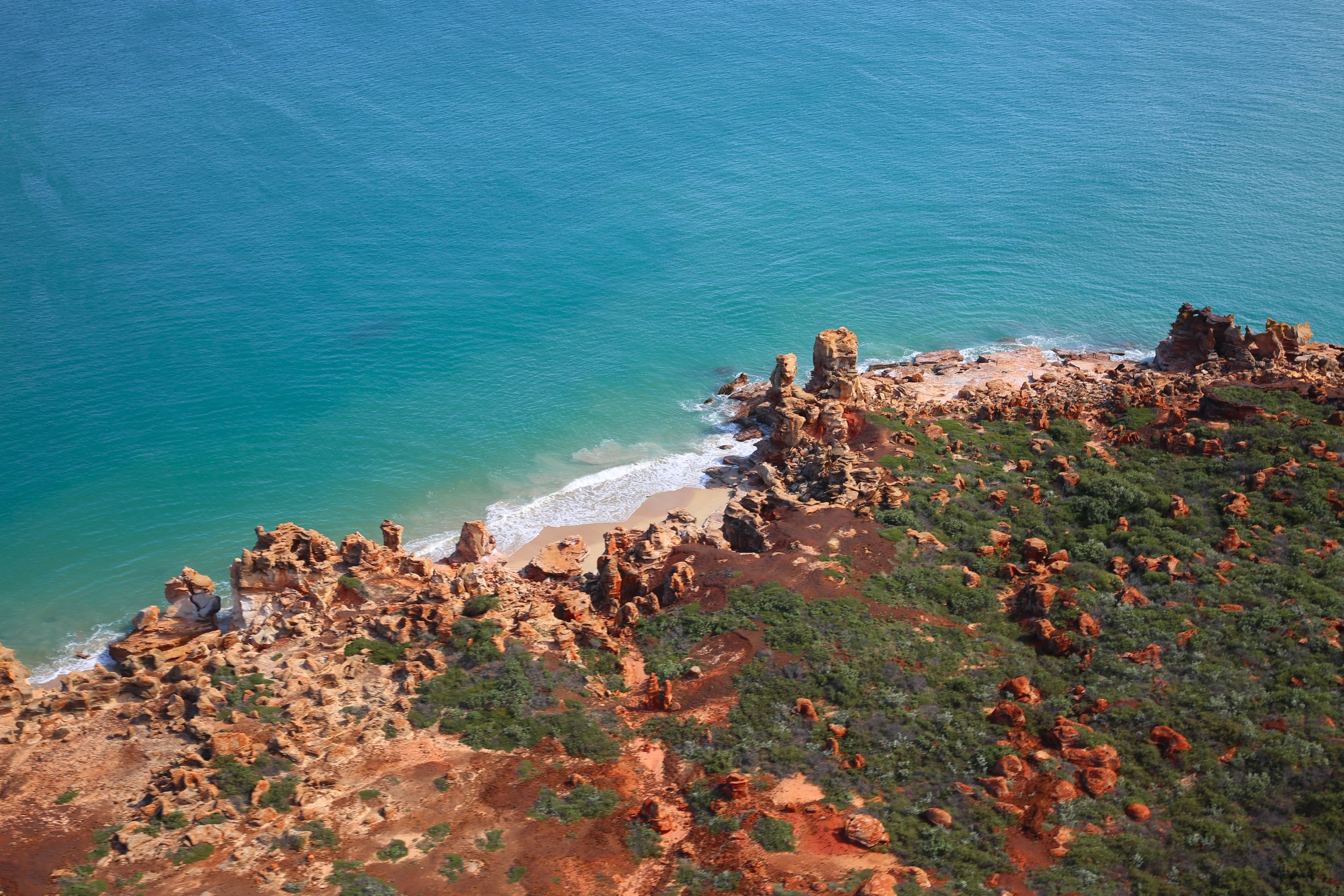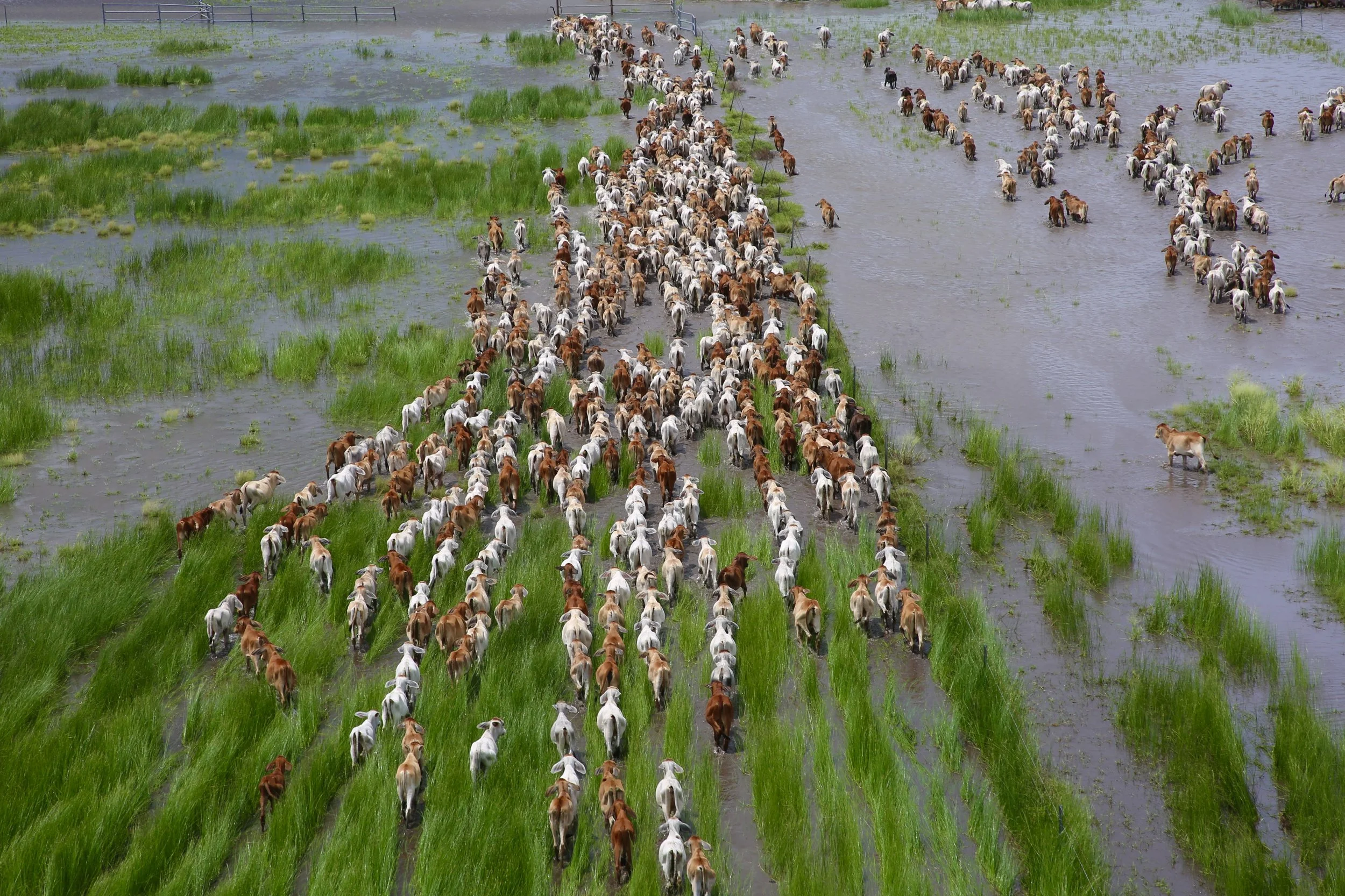Peter Alexander Ritter
This feature forms part of our photographic essay series. Showcasing the role photographers play in our relationships with and perception of this country we all call home.
Tell us a little about yourself
I grew up in regional North West NSW – Moree mob – on a mixed cattle and cropping operation and spent my childhood there until I went away to boarding school in Sydney. After leaving school I ventured to the Northern Territory for a stint, where my passion for flying and particularly helicopter mustering was ignited. I’ve always been passionate about livestock and the industry, so after working as a fumigator in stored grain commodities for around three years, in an effort to make money for my flight tuition, I travelled up to Archerfield, Brisbane, and completed my licence. From there I began my first flying job based out of Newman in the Pilbara region of Western Australia, covering not only the Pilbara but also the Gascoyne, Murchison, Goldfields and Nullarbor regions as well. After my time there I moved to a company based out of Broome and have been there since, covering the entire stretch of the Kimberley's.
I first picked up a camera in an attempt to show people what I was seeing from a landscape that was extremely foreign to me at the time. I had never experienced the vastness of deserts or sights such as the eighty mile stretch of beach that runs from Port Hedland to Broome. At the time I had no experience whatsoever with photography or cameras, but the landscapes in front of me and the animals provided an easy picking ground for great photos.
How do you think photography can impact the way we perceive the worlds we live in?
The way in which I think photography can impact the way we perceive the worlds we live in can be broad and narrow I think … In the narrow sense, the initial part of my photography I found was just a simple and great way to essentially have a travelling diary throughout the years and through my career. A great way to document natural events such as floods and droughts and to be able to look back on certain times and visually represent the differences and vastness of the changes that much of our pastoral country undertakes in such short spaces. It was also a great way to show pastoralists and farmers a view of their country, stock and commodities they may not get to often see, to showcase their hard work and a great way to show how far they’d come in certain developments and stock numbers, etc. It was a great feeling to be able to provide these images back to places so they could have a reminder hanging on the wall of their house, and in turn positively change the way they perceive the situations, events or achievements they work so hard for.
In a more broad sense I feel it was and is a great way for people outside of rural Australia and outside of farming and pastoral operations to get a view of what goes on. The pastoral industry can sometimes be viewed and perceived in a harsh light and I take great pride in being able to show the ruggedness and beauty of the land that so many people work in day in and day out with little to no recognition to put food on the table for the rest of the world. The setbacks and hardships they endure, a lot of the time at their own expense, are more common than people know and it is a way to show people that the industry takes great pride in doing their utmost to protect and conserve not only their land, but how well they treat and look after their animals. A very small portion of the country’s population spending their lives living out of a stock camp , with the bare minimum, no phone service or internet, living with the animals they produce and the great sacrifices they make is all done with a huge amount of care and passion to feed the rest of the world and boost the country's economy, and I hope that it would be a way for others to realise this and educate people to change the way they perceive our industry and the people in it, which I do believe is beginning to happen.
If you’re interested in seeing more of our work - we hope you’ll consider subscribing to our physical paper here.















